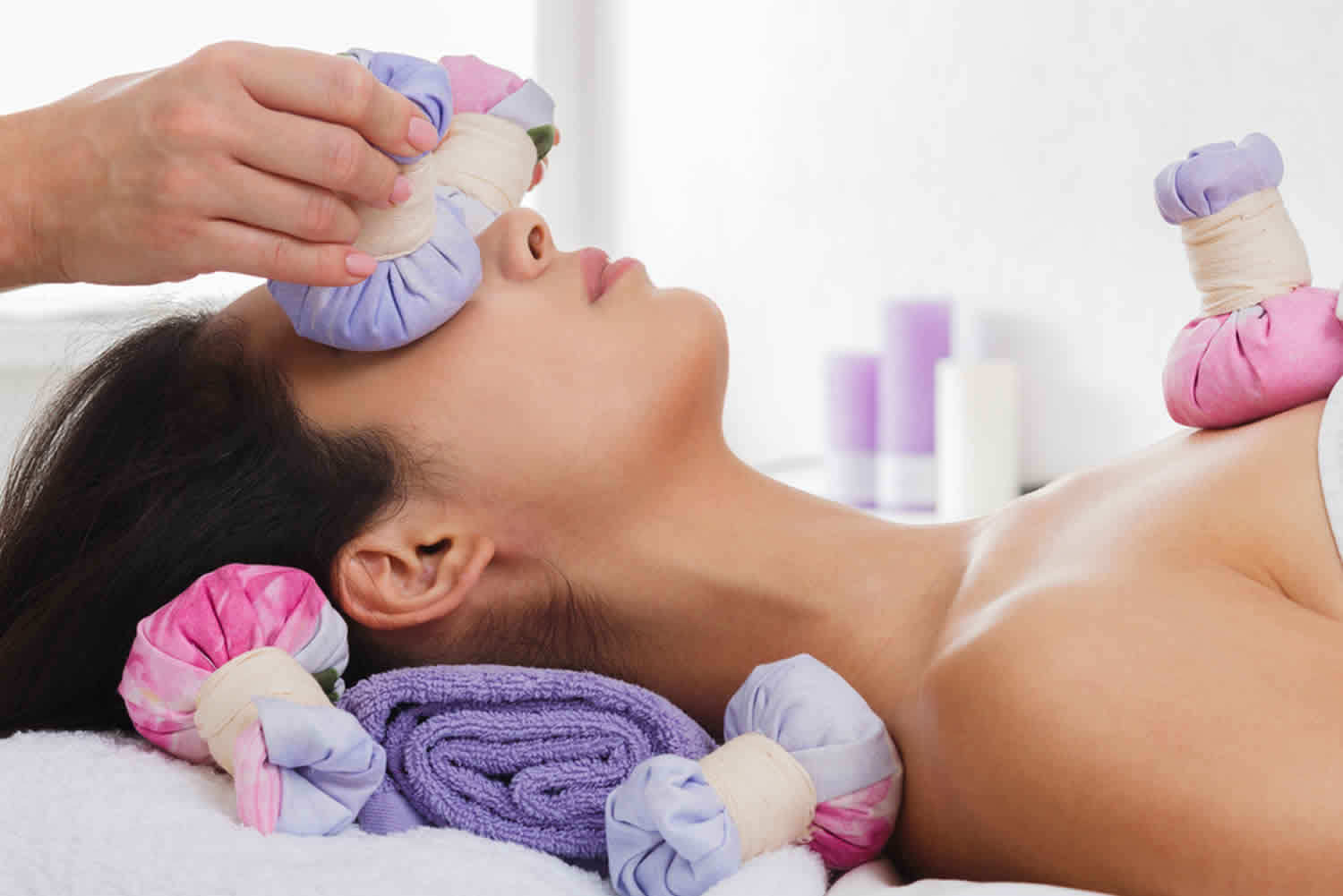Warm compress
A warm compress is a method of applying heat to the body. Heating sources can include warm water, microwaveable pads, and electrical or chemical pads. Some more unorthodox methods include warmed potatoes, uncooked rice, and hard-boiled eggs. The most common method is a warm, wet washcloth.
Warm compresses are a common non-pharmacological therapy used in the treatment of such things as sports injuries, post-operative wound healing, and ophthalmic conditions. Warm compresses are believed to improve blood flow, increase oxygenation in tissues, and help manage inflammation.
Hot compress for eyes
A warm compress may relieve pain, relax muscle spasms, increase circulation, and help heal a wound or other problems that affect the eye.
For an eye problem, use either of the following methods:
- Dry warmth. Place a protective layer of fabric between a warm compress and the skin. Heating pads and hot water bottles can be used on larger surfaces needing heat.
- Moist warmth. Towels or face cloths can be soaked in warm water, wrung out, and placed on the area. Moist warmth is more effective in relieving muscle pain than dry warmth.
Commercial hot packs are not recommended. They are often too heavy and bulky to use near the eye. Also, if a commercial hot pack leaks, chemicals from the bag might get in the eye.
Warm compresses are commonly used for the treatment of such eye conditions such as:
- dry eyes associated meibomian gland dysfunction 1
- pinkeye (conjunctivitis)
- stye or chalazion
- swollen eyelids (blephartis)
- muscle spasms or pain
Hot compress for stye
A stye is a small, sore and red lump near the edge of your eyelid. Stye is usually caused by an infection at the base of an eyelash (in the follicle). Staphylococcal bacteria are the usual culprits. These bacteria normally live harmlessly on your skin, but they can cause infection if the skin is damaged. Touching mucus from the nose and then rubbing your eye is one way of moving staphylococcal bacteria to your eyelid.
Styes may be red and sore, but they generally do not cause any damage to the eye or eyelids. Most clear up within a few days, even if no treatment is received. However, the infection from one stye can sometimes spread and cause more styes. Rarely, the entire eyelid may become infected. This requires medical treatment, including antibiotics. Some people seem to get many styes, while others get few or none at all.
The stye may feel sore and tender and may block part of your vision until it goes away. Hot ‘compresses’ can help relieve the pain and may also help to get rid of the infection. For many centuries, it has been believed that hot compresses ‘draw out infections’. A hot compress is a piece of material (such as cotton balls), which is heated in hot water. It needs to be as hot as the person can manage comfortably, without being so hot as to burn the skin. It is probably best that the person with the stye manages this, to keep the risk of a burn low. The hot, wet material is placed on the eyelid for several minutes, until it cools, then it is replaced with another compress. This is done several times a day. Acetaminophen (paracetamol) will also help relieve the pain of a stye.
- Hold a warm compress against your eye as this can help open up the blocked pores. A clean damp face washer that has been submerged in very warm water (as warm as you can tolerate) is ideal. Do this for 15 minutes four to six times a day. Always make sure your eye is closed when doing this.
- Keep the area around your eye clean by gently washing your eyelid with water.
- You can also clean your eyes by using a damp cotton wool pad to wipe away any discharge. Do not use dry cotton wool or a tissue to clean your eye as this may scratch it.
- Try not to wear eye make-up or contact lenses until the stye has disappeared as this may irritate your eye and block the glands further.
- Try not to poke, prod, squeeze or scratch the stye as this could cause an infection. Avoid using sharp objects, such as tweezers, around your eyes.
Sometimes, antibiotic ointments may be needed and, occasionally, the person will need oral antibiotics (taken by mouth). In some cases, a stye will need to be opened up (lanced) by a doctor, if the stye does not get better by itself. If the lump is still painful and hot after a few days, get your doctor to check your eye.
If you have an eye discharge, you should see your doctor.
- Gao YF, Liu RJ, Li YX, et al. Comparison of anti-inflammatory effects of intense pulsed light with tobramycin/dexamethasone plus warm compress on dry eye associated meibomian gland dysfunction. Int J Ophthalmol. 2019;12(11):1708–1713. Published 2019 Nov 18. doi:10.18240/ijo.2019.11.07 https://www.ncbi.nlm.nih.gov/pmc/articles/PMC6848864[↩]





